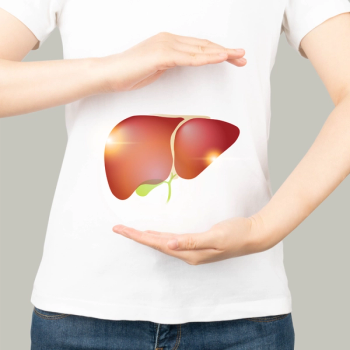
Initial Quality of Life Decreases After Radiation in Prostate Cancer
Treatment with a certain radiation therapy worsens quality of life in patients with prostate cancer. An expert explains ways to mitigate side effects.
Patients with prostate cancer who receive intensity-modulated radiation therapy (IMRT) may experience a decrease in quality of life for the first six months after treatment. However, many side effects tend to subside months later, according to an expert and recent study.
A study from Current Oncology included 391 patients with prostate cancer who were treated with IMRT. Examining patients’ quality of life after finishing treatment was the purpose of the study.
The researchers determined that there was a significant decrease in quality of life right after treatment finished. Signs of worsening were seen in global health, physical, role functioning, fatigue, appetite loss, diarrhea and pain, the study noted.
Of note, patients recovered from these aspects within six months, except for physical functioning, the researchers stated. However, at five years, researchers found that patients typically had worsening physical functioning.
When patients experience impairment after IMRT, they may also have a deterioration in health-related quality of life, the researchers said.
“Generally, radiation therapy will cause some impact on urinary and bowel function and can also cause some fatigue,” Dr. Arun Goel told CURE®. Goel is chief of genitourinary services in radiation oncology and assistant professor of clinical radiation oncology at Penn Medicine.
Goel explained that quality of life is evaluated through answers from surveys and questionnaires. Doctors gain “a better understanding” of patients’ experiences regarding treatments and how it affects their physical or social functioning.
According to the Mayo Clinic, IMRT is a type of radiation therapy that uses beams of powerful energy to destroy cancer cells. What sets it apart from regular radiation therapy is its customized beams, which match the shape of the cancer. The intensity varies among each beam and is precisely controlled when delivered, the institution noted.
IMRT and Quality of Life in Patients With Prostate Cancer
Possible reasons for a temporary decrease in quality of life may be caused by traveling and worsened functioning, Goel said. “Going back and forth from a department for a number of weeks can probably lead to some fatigue.”
Worsening in urinary and bowel function, Goel explained, could also be a main contributor to a decrease in quality of life.
“It’s the combination of these side effects that uproot temporarily some day-to-day routines that lead to a reduction in quality of life. [The quality of life improves] once the treatments are done, side effects resolve and people [return] to their normal rhythm or role.”
READ MORE:
“What we generally see with IMRT quality of life studies is that there’s some reduction in urinary and bowel quality of life at the end of treatment,” he said. “These can translate into reductions in quality of life when it comes to these social functions. But thankfully, these reductions are generally pretty small. By six months, quality of life is improving back to baseline.”
Side effects and quality of life “go hand in hand,” Goel said. Patients who receive IMRT may mostly experience side effects related to urinary and bowel functions.
“Inflammation of the bladder and to the urethra can lead to increased urinary frequency, some urinary urgency, a weakening of the urinary stream or even some burning with urination,” he noted. “It's important to say that these side effects are generally in the mild category and temporary, meaning that they can be managed with either lifestyle modifications, routine over-the-counter prescription medications. They should resolve within eight to 12 weeks after radiation therapy is completed.”
Advice for Patients With Prostate Cancer Receiving IMRT
It’s important for patients with prostate cancer to “stay ahead of things” after receiving IMRT, Goel said.
He emphasized that patients should speak with their nurses and doctors to continue mitigating side effects during treatment. Specifically, patients informing their care teams about bowel and urinary functioning early can help slow down these side effects.
“For certain patients, we may start medications called alpha-adrenergic blockers prophylactically,” Goel said. “So those are medications like [Flomax (tamsulosin)] or [Rapaflo (silodosin)] to relax to musculature of the bladder neck, they relax the musculature of the urethra to make it easier to empty the bladder.”
He also explained that other options can also help patients with side effects.
“There are both gels as well as balloons that can be inserted as an outpatient procedure under local anesthesia or mild sedation, that pushes the prostate away from the rectum, reduces rectal dose and seem to reduce the risk of having chronic rectal side effects,” Goel said. “So certainly, reducing those risks should translate to improvements in quality of life.”
For more news on cancer updates, research and education, don’t forget to




